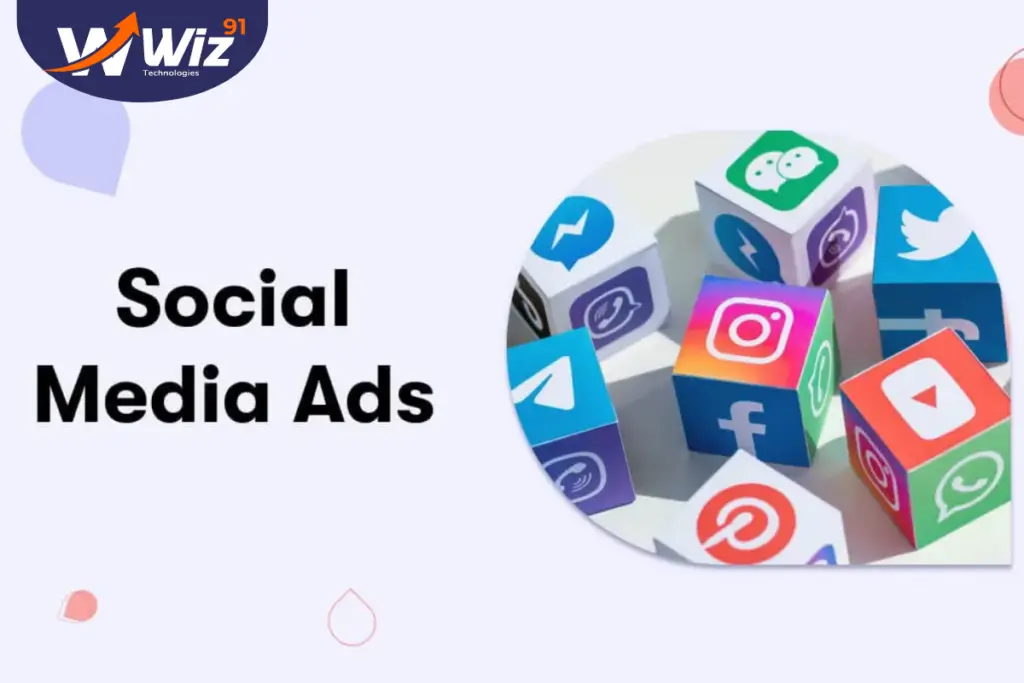!!Paid Social Media Advertising for 2024!!
As we enter 2024, paid social media advertising is undergoing significant transformations, driven by evolving consumer behaviors, technological advancements, and platform updates. The emerging trends in paid social media advertising for the year 2024, answer key questions that marketers and businesses may have.
**1. Rise of Immersive Content**
One of the notable trends shaping paid social media advertising is the increasing focus on immersive content. Platforms like Facebook, Instagram, and TikTok are prioritizing visually engaging and interactive content formats such as augmented reality (AR) ads and 360-degree videos. Marketers are leveraging these formats to create more memorable and personalized brand experiences, fostering a deeper connection with their audience.
*FAQs:*
*How can businesses incorporate augmented reality into their social media ads?*
– Businesses can collaborate with AR development specialists to create interactive filters or overlays that enhance the user experience. Utilizing platform-specific AR tools and staying updated on emerging AR trends can also contribute to successful integration.
*Which platforms are leading the way in promoting immersive content?*
– Instagram and Facebook have been pioneers in promoting immersive content, with features like AR filters and interactive stories. TikTok, with its emphasis on short-form video, is also a frontrunner in fostering immersive experiences.
**2. Integration of AI and Machine Learning**
In 2024, artificial intelligence (AI) and machine learning (ML) are playing a pivotal role in optimizing paid social media advertising. These technologies enable more sophisticated targeting, personalized ad recommendations, and improved ad performance. Marketers can harness AI algorithms to analyze user behavior, predict preferences, and deliver highly relevant content to their target audience.
*FAQs:*
*What are the practical applications of AI in social media advertising?*
– AI applications in Paid Social Media Advertising include automated ad creation, predictive analytics for user behavior, dynamic ad targeting, and real-time optimization. These technologies enhance efficiency and campaign effectiveness.
*How can businesses ensure ethical and responsible use of AI in their ad campaigns?*
– Businesses should prioritize transparency, clearly communicate data usage policies, and comply with privacy regulations. Regular audits and monitoring of AI algorithms for biases are crucial to maintaining ethical standards.
**3. Emphasis on Social Commerce**
The convergence of Paid Social Media Advertising and e-commerce is gaining momentum, with platforms increasingly integrating shopping features directly into the user experience. Social commerce enables users to discover and purchase products without leaving the app, providing a seamless shopping journey. Paid social media advertising is evolving to support this trend, with businesses utilizing shoppable posts, in-app checkout options, and personalized product recommendations.
*FAQs:*
*How can businesses leverage social commerce in their advertising strategy?*
– Businesses can optimize their product catalogs for social platforms, create engaging shoppable posts, and utilize in-app purchase features. Collaborating with influencers for product showcases can also enhance social commerce efforts.
*Which social media platforms are leading in the integration of shopping features?*
– Instagram and Facebook have robust shopping integrations, with features like Instagram Shopping and Facebook Marketplace. Additionally, platforms like Pinterest and TikTok are expanding their e-commerce capabilities.
**4. Sustainability and Purpose-Driven Marketing**
Consumers are becoming more conscientious about the social and environmental impact of the brands they support. In response, advertisers are incorporating sustainability and purpose-driven messaging into their campaigns. Advertisements that highlight a brand’s commitment to social responsibility and environmental sustainability resonate well with today’s socially aware audience.
*FAQs:*
*How can businesses authentically integrate sustainability into their advertising without appearing opportunistic?*
– Businesses should align sustainability initiatives with their core values, provide transparent information, and actively engage in eco-friendly practices. Authenticity and consistency are key to avoiding opportunistic perceptions.
*What metrics can be used to measure the effectiveness of purpose-driven ad campaigns?*
– Metrics include brand sentiment analysis, engagement rates, and customer feedback. Tracking the impact of purpose-driven campaigns on brand perception and customer loyalty provides valuable insights.
**5. Privacy-Centric Advertising**
As concerns about online privacy grow, social media platforms are implementing stricter data protection measures. This shift towards privacy-centric advertising is affecting how marketers target and measure the success of their campaigns. With the demise of third-party cookies, advertisers are exploring alternative methods such as first-party data, contextual targeting, and privacy-focused analytics.
*FAQs:*
*How can businesses adapt their targeting strategies in the absence of third-party cookies?*
– Businesses can focus on building first-party data, implement contextual targeting strategies, and explore privacy-friendly technologies like federated learning. Collaboration with platform analytics and utilizing consent-based data are essential.
*What steps can advertisers take to reassure consumers about data privacy in their social media ads?*
– Clear communication about data usage policies, obtaining user consent, and adhering to privacy regulations are crucial. Brands should prioritize transparency and educate users on how their data is handled.
**6. Video Dominance Continues**
Video content remains a powerhouse in the world of Paid Social Media Advertising. Short-form videos, live streams, and video stories are capturing the attention of users across various platforms. Marketers are capitalizing on this trend by creating compelling video content that tells a story, showcases products, or engages with the audience in real time.
*FAQs:*
*What are the key elements of a successful video ad in 2024?*
– Key elements include a captivating narrative, concise messaging, visually appealing aesthetics, and mobile optimization. Utilizing platform-specific video features and understanding the target audience’s preferences are also critical.
*How can businesses optimize their video content for different social media platforms?*
– Optimization involves adapting video length, format, and style to fit each platform’s requirements. Utilizing platform-specific features, and hashtags, and collaborating with influencers can enhance video content visibility.
**Conclusion**
As we step into 2024, the landscape of paid social media advertising is evolving to meet the demands of a digitally savvy and socially conscious audience. Businesses that embrace these emerging trends stand to gain a competitive edge in a crowded online marketplace. By staying informed about the latest developments and adopting innovative strategies, marketers can navigate the ever-changing landscape of paid social media advertising and connect with their target audience in meaningful ways.










